
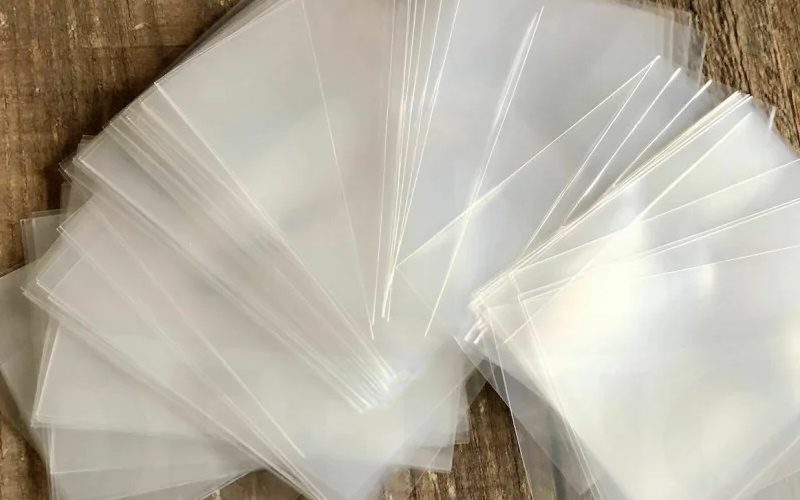
The card storage device popularly known as penny sleeves are one of the most ubiquitous hobby accessories around.
But what are they? Why are they called penny sleeves? How do you use them? And what’s the deal with cutting corners? We’ll explore that and more in this guide to penny sleeves.
Find the latest prices on penny sleeves on eBay
Need help with finding the perfect penny sleeve? Our in-depth guide on the best penny sleeves has you covered.
Penny sleeves, or as they are officially called “card sleeves” are clear, flexible, plastic holders for sports cards. They are slightly larger than a standard-sized card (2 ½” x 3 1/2 “) and are open at the top to allow a collector to slide a card into the holder*.
Penny sleeves nowadays are produced without PVC and are acid-free for long-term storage of cards. They are usually made of polypropylene. Some penny sleeves from the 1980s were made of plastics that did not age well, often getting stiff and potentially reacting with cards creating damage.
* – A few companies do make side-load penny sleeves, but they are several times more expensive than regular penny sleeves and a niche product that has not caught on widely.
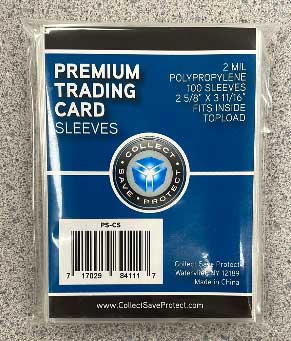
Buy Penny Sleeves on ebay – Click here
So why is “penny sleeves” the well-known term in the popular collecting lexicon, when “card sleeves” does a better job of describing them (after all, they aren’t used for storing pennies)?
For a very long time, ranging from the 1980s, through the 1990s, and well into the 2000s and 2010s, card sleeves cost 1 cent each, or one dollar for the standard 100 sleeve pack. This made them inexpensive to buy and use in quantity.
A funny thing happened though when the Covid-19 pandemic hit. A combination of supply chain disruptions and increased demand caused penny sleeves to spike in cost, when you could find them.
A pack of 100 penny sleeves was selling for $3.50 to $4 each, and sometimes more. Thankfully, as of this writing, supplies seem to be flowing again and prices have come back down.
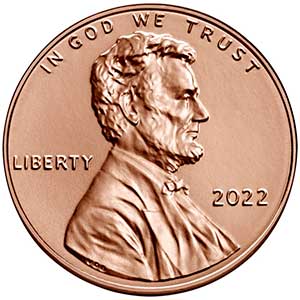
Penny sleeves have been the go-to for keeping “the good cards” safe for collectors going back into the 1980s. Penny sleeves offer some basic protection for cards – protecting against fingerprints, moisture, surface scratches, and general handling wear and tear.
A card in a penny sleeve fits neatly in a number of different vertically oriented cardboard storage box options, such as monster boxes. Cards in penny sleeves do not fit well into horizontally oriented storage boxes such as those used to store sets.
While penny sleeves do offer some mild protection against corner damage, creasing, or other more serious damage, they do not offer the same level of protection as top loaders or card savers.
Penny sleeves are often paired with either top loaders or card savers because of the additional protection they offer.
In a top loader, a penny sleeve reduces the chances for a card to move around in a top loader, which can cause corner or edge wear. The sleeve also protects cards from surface scratches, or from sliding out of a top loader unintentionally.
When paired with a card saver, a penny sleeve again helps prevent against surface scratches and generally makes cards easier to get in and out of a card saver. A penny sleeve in a card saver is the go-to setup for submitting cards to PSA or other grading companies.
Whether alone or combined with other storage options, penny sleeves offer an inexpensive and easy-to-use way for collectors to offer levels of protection to their collection.
Check out the wide variety of card penny sleeves you can buy at use at eBay
While penny sleeves offer an inexpensive way to store and protect your cards, putting a card in a penny sleeve is not without its risks. Some penny sleeves are a bit tight or stiff, and if you’re not careful you can damage a card trying to slide it into a penny sleeve.
The most typical damage you’ll see when trying to put a card in a top loader is damage to a bottom corner, either the “leading” corner (the first one into the penny sleeve) or the second corner (the other bottom corner).
Alternately, you can put the right bottom corner in first, followed by the left bottom corner. Try both ways and you’ll find what’s comfortable for you. I find I actually switch back and forth depending on the day, the card, the penny sleeve, etc.
The keys to safely putting your card into a penny sleeve are:
Use a Quality Sleeve – different brands vary in quality and ease of use. Check out our Cardlines Ultimate Penny Sleeve Review, and find your favorite.
Use the Correct Thickness – trying to fit a thick card into a standard top loader is asking for trouble. Use the right tool for the job.
Work slowly and deliberately – This is not a time to mutli-task, rush, or anything else that may keep you from giving the task at hand your full attention.
Have the Right Tools – Work at a comfortable workstation, with proper lighting. Sweaty hands? Consider wearing gloves. Eyes not what they used to be? A little magnification could go a long way.
The Steps:
Again, work slowly. If you feel like you’re going to ding the card corner…trust that instinct and stop.
A little worried about dinging a corner? Read on for another option…
Check out the wide variety of card penny sleeves you can buy at use at eBay
Some collectors believe that if you cut the top corners of a penny sleeve, it is easier to slide a card in without damaging the corners. Penny sleeve companies, picking up on this preference, have begun offering cut corner penny sleeves.
Cut corner sleeves tend to be significantly more expensive than standard offerings, but are cut corner cards, whether purchased or homemade, less likely to damage card corners?
I must admit, before I started this article and our upcoming review of penny sleeve offerings from different brands, I’d not heard of cut corner penny sleeves.
So, I went out and ordered some cut corner sleeves and gave them a try. I also cut a few corners off standard penny sleeves to see how they compared.
A cut corner on the penny sleeve might help slightly. I’m not entirely sure from my tests, honestly. Some people swear by cut corner penny sleeves, so give them a try and see what you think.
Buying cut corner penny sleeves is significantly more expensive than buying standard penny sleeves, at least on a percentage basis. The cut corner sleeves I purchased cost about $3 delivered for 100 sleeves, compared to a bit under $2 delivered for standard penny sleeves.
One note on cut corner sleeves…they are a little bit taller than regular card sleeves. That way, once a card is in the holder, it is not exposed. Remember this if you consider cutting your own corners…make sure to make a very small notch or the card may be exposed. I would also recommend using a very sharp pair of scissors and some magnification if you have it.
So, what’s the final verdict on cut corner cards? For cards you plan to submit for grading, or higher-priced hits, they’re probably worth the slightly higher cost. If you’re just looking to protect a bunch of more pedestrian cards or cards to sell, it’s probably not worth the additional expense.

In addition to the above-mentioned cut-corner cards and side-load penny sleeves, there are a number of other options available for collectors.
The most widely available “alternate” penny sleeves you’ll see are a variety of options designed for storing thicker-than-standard cards. Thick card penny sleeves are readily available for sports cards up to 130 point thickness.
These are very important to use when dealing with thicker cards, especially game-used and relics. Trying to put a thick card into a standard-size penny sleeve is a sure way to ding a corner on your latest hit.
Penny sleeves can be purchased easily via most online retailers, including eBay and Amazon.
As with all card collecting supplies, however, penny sleeves are something you should look for and stock up on whenever possible in person. At a local card shop or a card show, you can avoid shipping and handling charges, reducing your expenses for supplies – leaving more money in your pocket to spend on cards.
Penny sleeves, or card sleeves, are one of the most ubiquitous card storage options available to collectors. They are inexpensive, offer a solid level of protection, and team well with other options like top loaders and card savers.
5 EASY tips to make more money on eBay sports cards.
I opened a sports card mystery box and found something AWESOME inside
The SAD story of Collectable. What went wrong? (The Downfall Fractional Sports Card Investing)
what was Panini doing? 🙄
I compared sports card prices from the big sellers to save YOU money
Is GameStop buying PSA? (the truth!)
I ripped an entire case of Phoenix Football (BIG win or MASSIVE loss?)
Make an extra 30% PROFIT on eBay with this sports card hack


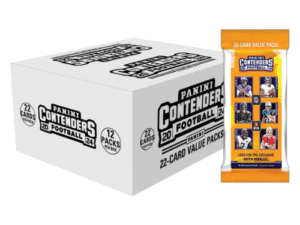

BCW Thick Card Toploaders 197 Pt. 10 per pack
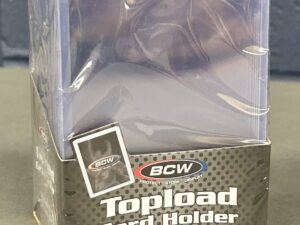
BCW Thick Card 59 Pt. Toploaders. 25 per pack

BCW 20 Pt. Toploaders. 25 per pack
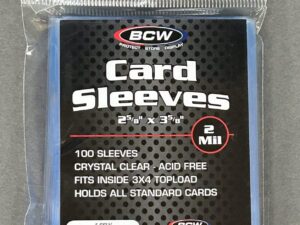
BCW Standard Card Sleeves. 100 per pack
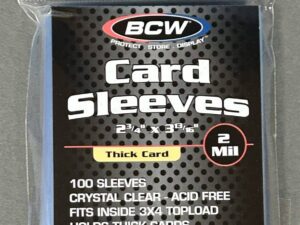
BCW Thick Card Sleeves. 100 per pack

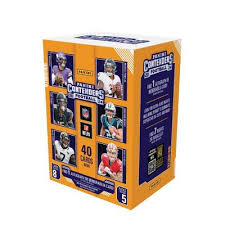
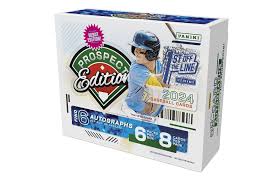
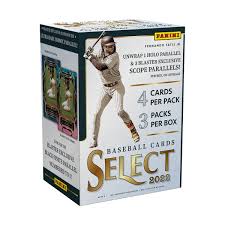
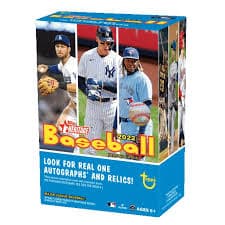
2022 Topps Heritage Baseball Blaster Box Configuration: 7 Packs per Box – 9 Cards per Box. Plus 1 extra pack.
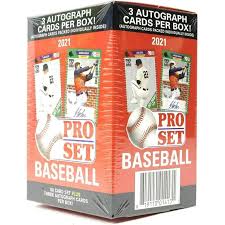
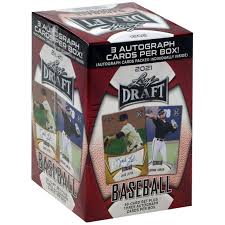
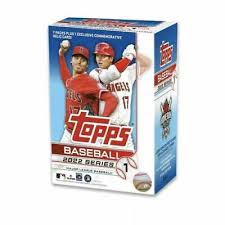
Keep up on breaking Sports Card News, our latest articles, product specials and exclusive content with expert analysis of hobby trends.

© Copyright 2025 - All rights reserved Cardlines.com / Media Techs LLC - Sports Card News, Reviews, Releases and BREAKS - #thehobby.
Important: When you click on links to various merchants on this site and make a purchase, this can result in this site earning a commission. Affiliate programs and affiliations include, but are not limited to, the eBay Partner Network.
Did you know this SECRET about PSA slabs? #sportscard #tcg
Cardlines 17 hours ago